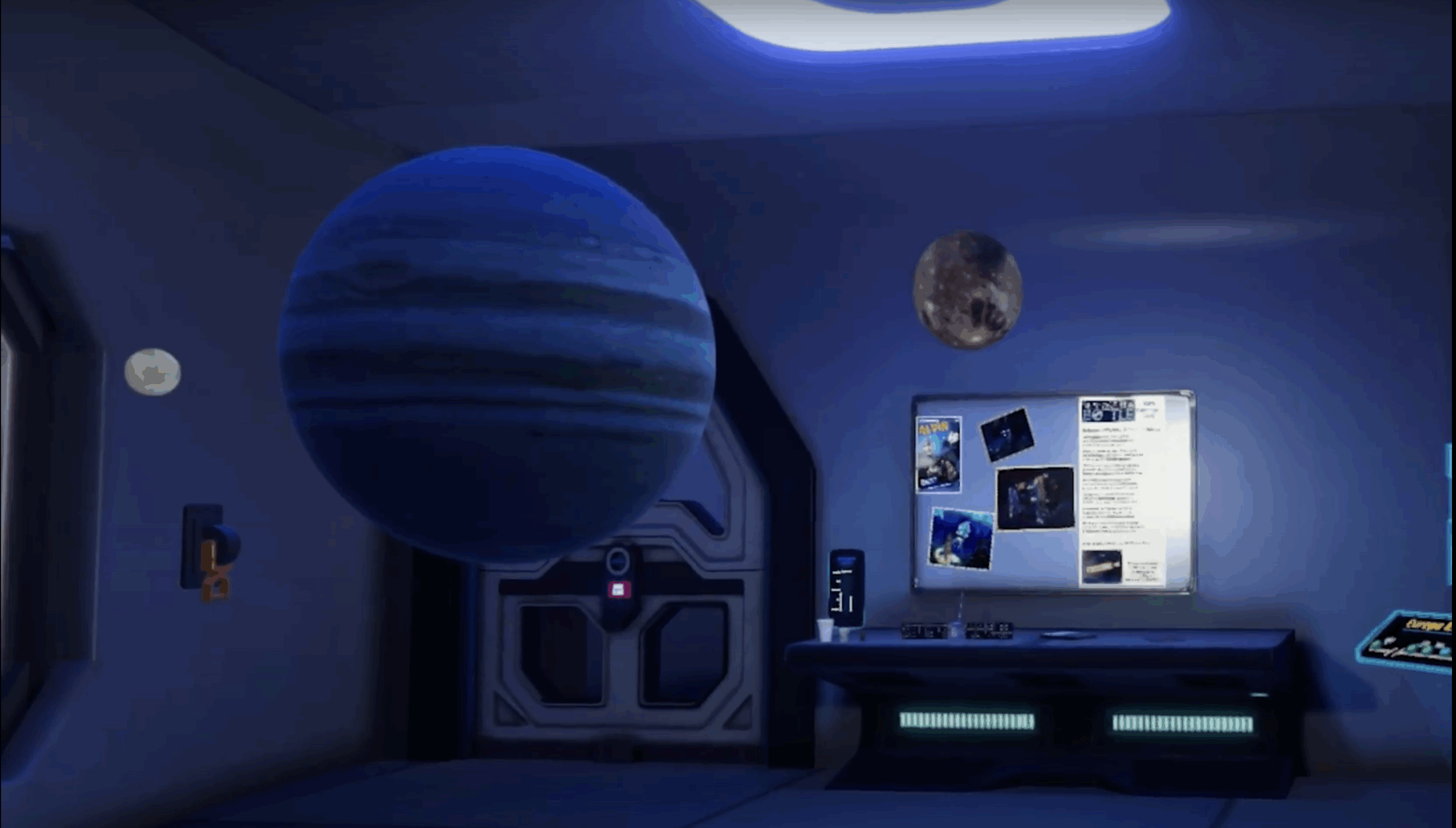Design by, with, and for Neurodivergent Learners: Part 6 — Red Alert
By Teon Edwards
Red lights flash, sirens roar, and “red alert” blares from speakers. The Enterprise is under attack, and the crew must react!
This is a common scene in the Star Trek television shows, and it may be great TV, but it’s not a great system. I mean, who can think clearly and react quickly, when suddenly and unexpectedly inundated with flashing lights and loud noises? This is especially true for anyone with sensory differences. At least that’s what the neurodiverse team who co-designed the STEM-based virtual reality (VR) game Europa Prime thought.
This team liked the idea of using a “red alert” to convey a critical situation and a heightened sense of urgency within the science fiction setting of Europa Prime. But they also had legitimate concerns about immersing players, especially neurodivergent players with sensory sensitivities, in such a situation.
The team’s solution: Shift the “red alert” into third person. Instead of being surrounded by flashing lights, sirens, and emergency announcements, the player experiences these as if watching a video. In other words, they are in an immersive VR experience, but they are watching this intense display on a virtual screen!
VR generally attempts to make users feel like they are actually in an environment—that the virtual is real. The immediacy of the experience is a major part of the appeal and power of VR… but maybe not always for everyone.
“Red alert! Red alert! Raise shields. All hands to battle stations.” And as Captain Jean-Luc Picard once said, “Shut off that damn noise!”
Coming soon in the Designing by, with, and for Neurodivergent Learners series:
- Part 7 — Word Cards
- Part 8 — Anatomy of Activities
Red lights flash, sirens roar, and “red alert” blares from speakers. The Enterprise is under attack, and the crew must react!
This is a common scene in the Star Trek television shows, and it may be great TV, but it’s not a great system. I mean, who can think clearly and react quickly, when suddenly and unexpectedly inundated with flashing lights and loud noises? This is especially true for anyone with sensory differences. At least that’s what the neurodiverse team who co-designed the STEM-based virtual reality (VR) game Europa Prime thought.
This team liked the idea of using a “red alert” to convey a critical situation and a heightened sense of urgency within the science fiction setting of Europa Prime. But they also had legitimate concerns about immersing players, especially neurodivergent players with sensory sensitivities, in such a situation.
The team’s solution: Shift the “red alert” into third person. Instead of being surrounded by flashing lights, sirens, and emergency announcements, the player experiences these as if watching a video. In other words, they are in an immersive VR experience, but they are watching this intense display on a virtual screen!
VR generally attempts to make users feel like they are actually in an environment—that the virtual is real. The immediacy of the experience is a major part of the appeal and power of VR… but maybe not always for everyone.
“Red alert! Red alert! Raise shields. All hands to battle stations.” And as Captain Jean-Luc Picard once said, “Shut off that damn noise!”
Coming soon in the Designing by, with, and for Neurodivergent Learners series:
- Part 7 — Word Cards
- Part 8 — Anatomy of Activities

9/22/2025
AuthorTeon Edwards is the director and a co-founder of EdGE at TERC. Her current work focuses on the use of virtual reality and other technologies to design and develop inclusive STEM learning experiences, with a particular focus on neurodiversity and sensory, attention, and social differences.
SummaryTeon Edwards, PI of Broadening Participation in Informal STEM Learning for Autistic Learners and Others through Virtual Reality, considers how to integrate a “red alert” into a VR experience for players with sensory sensitivities.
More Posts in this Series- Part 1 — Introduction
- Part 2 — Computational Thinking Posters
- Part 3 — Zoombinis Allergic Cliffs Flashlight Scaffold
- Part 4 — Zoombinis Allergic Cliffs Expression Scaffold
- Part 5 — Brightness Controls
Share This Page:
